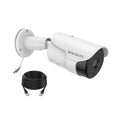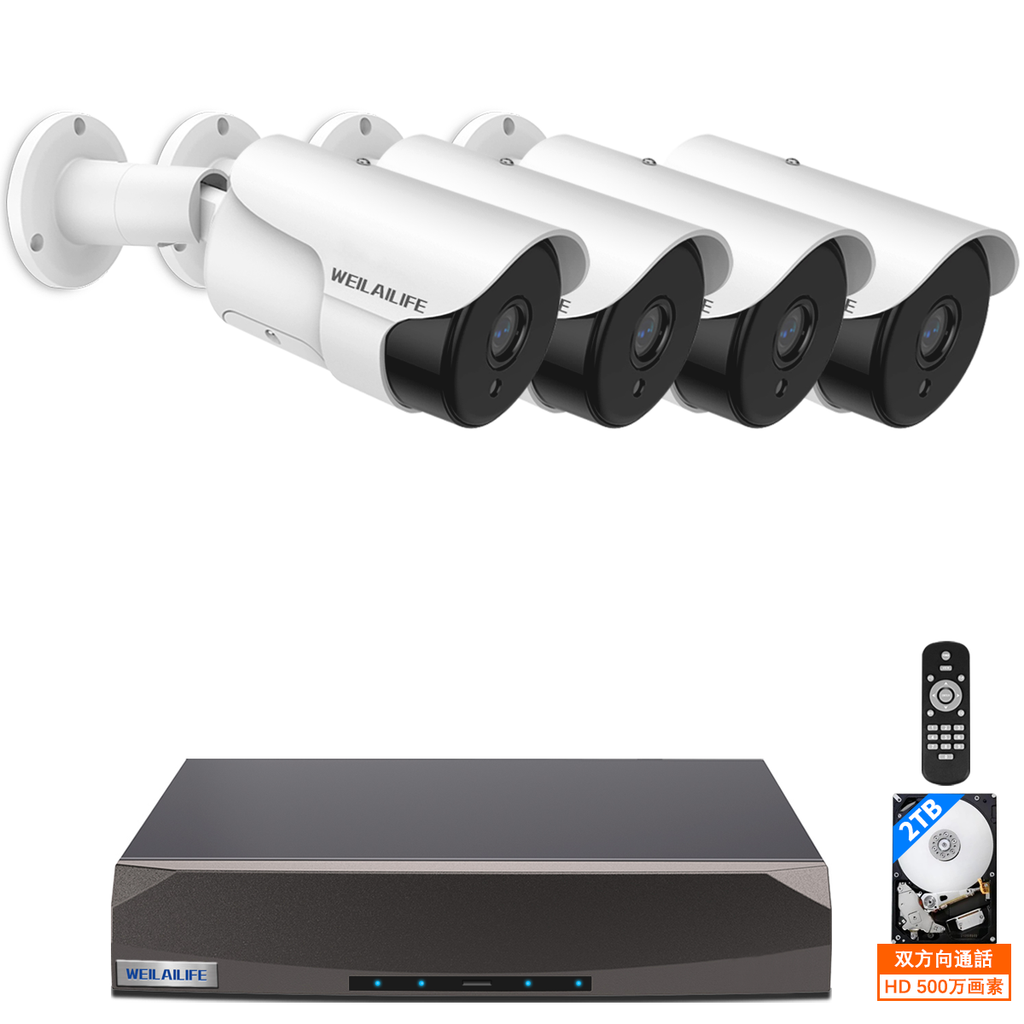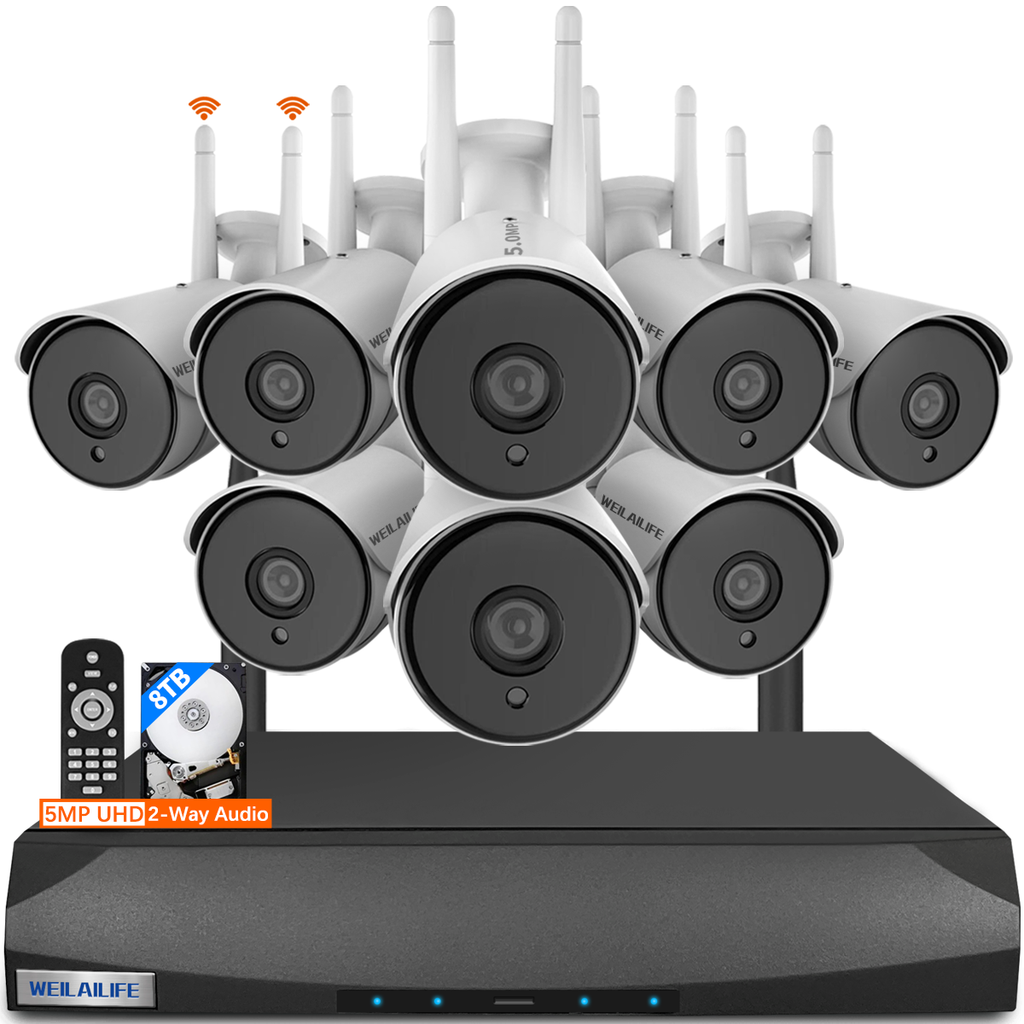-
Current Status of Network Video Surveillance Systems
Network video surveillance systems are composed of central management platforms, front-end devices, transmission networks, and client terminals. Let's explore these components in terms of their logical structure and functionalities. Logical Structure of Network Video Surveillance The network video surveillance system consists of central management platforms, front-end devices, support systems, transmission networks, and client terminals. The central management platform is responsible for controlling signals and commands, media exchange, user management, business management, network management, billing management, and statistical analysis. The central management unit, media distribution unit, media storage unit, and business management unit collectively handle control... -
Network Video Surveillance Technology Development Process
The development of network video surveillance technology has gone through four stages: (1) Close-range Monitoring: In the early stage of video surveillance, video images were transmitted from the front-end monitoring points to the monitoring center through coaxial cables and displayed on the monitoring equipment. As the number of monitoring points increased, the cost and management difficulty of video display and recording equipment also increased significantly. The introduction of video matrix technology effectively addressed these issues by allowing multiple video images to be switched, displayed, and shared. However, analog video transmission was limited and did not... -
The Evolution of Video Surveillance Technology
The development of video surveillance technology has undergone significant transformations over the years. Let's explore the different eras that shaped the landscape of video monitoring: First Era: Analog Video Surveillance This era began in the 1970s with analog video surveillance equipment. The transmission was primarily achieved using coaxial cables, and the video signals were analog in nature. The recordings were stored on VCRs (Video Cassette Recorders). However, the limited storage capacity of VCR tapes led to frequent tape replacements to enable long-term storage. The analog video surveillance era faced challenges such as low automation efficiency...












